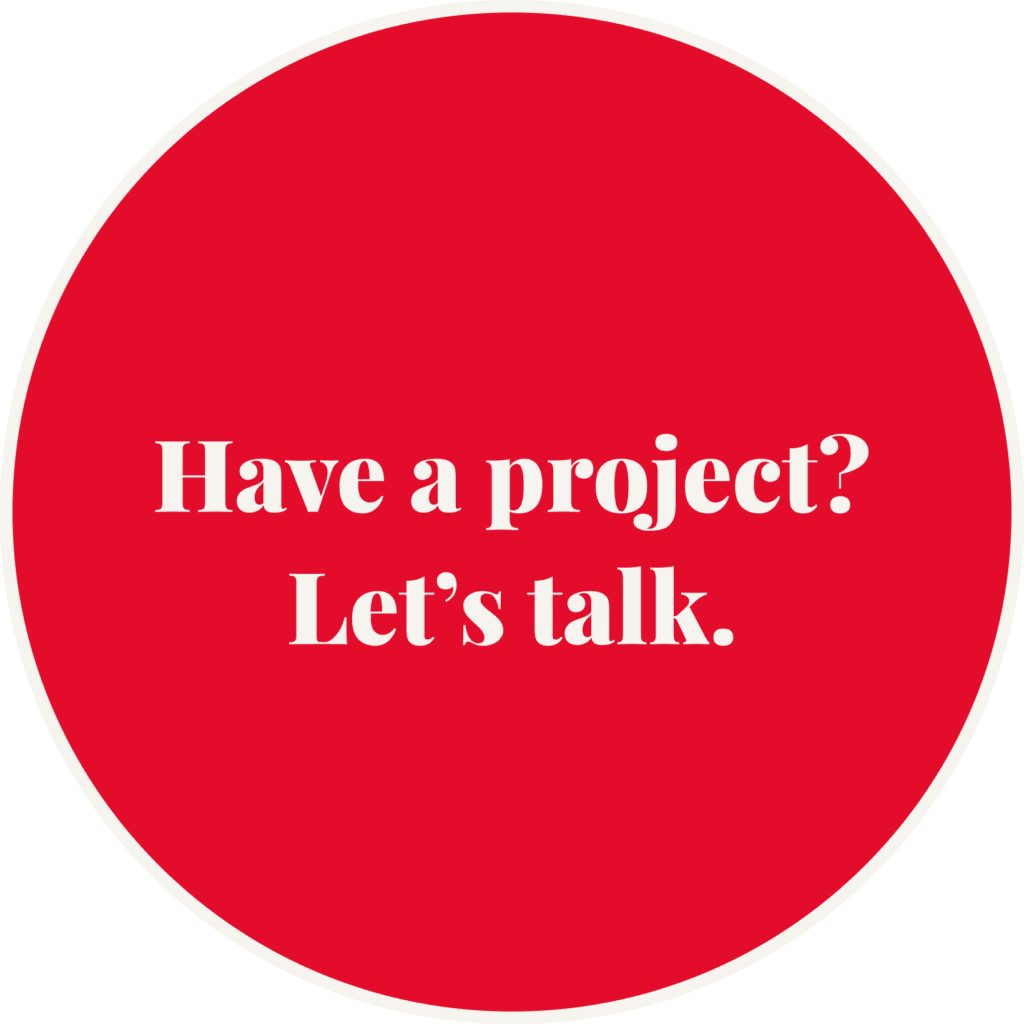 Back in the day, websites were perceived to have the same “fold” a newspaper does, meaning that anything “above the fold” was the most important news, and scrolling down for more information was considered “below the fold.” Not anymore.
Back in the day, websites were perceived to have the same “fold” a newspaper does, meaning that anything “above the fold” was the most important news, and scrolling down for more information was considered “below the fold.” Not anymore.
Today, the majority of web views are on mobile devices. Website layout and content should entice the viewer to remain on the page and scroll. With so many different sized screens, my fold is not your fold, according to Sectorlight.
In fact, Sectorlight points out that there is no scrollbar that is “on-by-default” on iPhones or Mac OS X (there hasn’t been since 2011) – this clearly shows that people are so familiar with scrolling that Apple decided they no longer even need a visual clue for it.
The “above the fold” debate has been discussed so often that Clicktale, a pioneer in Experience Analytics, decided to compile and analyze user data to glean valuable insights about user behavior and scrolling.
The study found that 91 percent of page views were on pages that had a scrollbar. 76 percent had some scrolling action, and 22 percent scrolled to the bottom of the page.
According to Nielsen Norman Group, people will scroll if they have a reason to do it. This is why website design and content are so crucial to your website.
Done well, your website visitors will scroll without even knowing they are doing it because they want the information they cannot see. Done poorly, your visitors will leave your site without all the information you want them to have.
So what does it take to erase that fold misconception? It takes an eye-catching design, compelling content, creativity, and freshness. It takes attention to detail and knowing your audience. Not all web designers can do all these things. But the web designers who can do it deliver a site that grabs and retains visitors – both new and returning. (Hmmm … do we know a web design company that can deliver that? Wink, wink, nudge, nudge.)
So let’s do away with the above the fold debate. We agree with the very succinct words of Chuck Pearson, “There is no fold. Period. There, I said it.”







